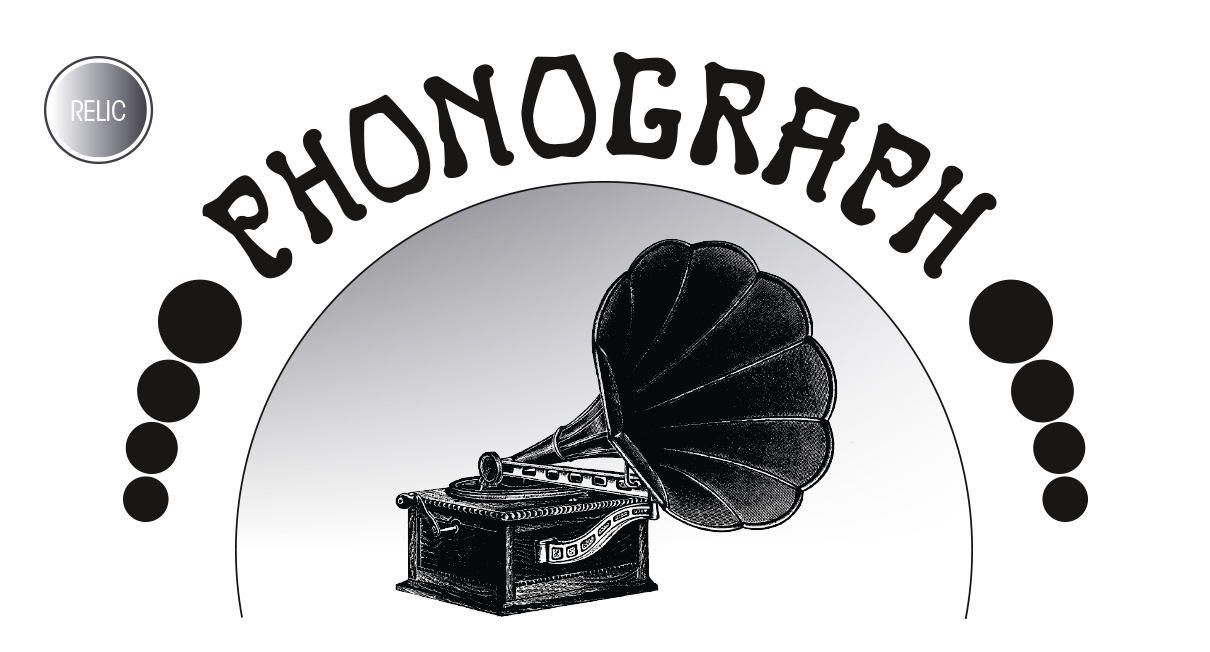The phonograph is one of the earliest methods of playing music in the home. Today, we can stream to any wireless speaker using our smartphones, tablets, or laptops. Audiophiles will shop extra hard for the gadget that has the best sound quality. But back in the 19th century, there weren’t really that many options when it came to listening to music.
The phonograph was the predecessor to many audio systems. The word comes from the Greek words phone and graphe, and roughly translates to sound or voice writing. It was also one of the many inventions of Thomas Edison, who invented the actual device in 1877. However, the word phonograph was in use long before then. In 1852, an ad in The New York Times featured “Professor Webster’s phonographic class”, and in 1859, there was a call for “phonographic recorders” to be used in meetings of the New York State Teachers Association. Previous inventions did deal with sound, but Edison’s invention in particular was the first to be able to both record and reproduce sound. Edison patented the device the following year (U.S. Patent 200,521).
Edison had extensively documented the process of inventing the phonograph. “I was experimenting on an automatic method of recording telegraph messages on a disk of paper laid on a revolving platen, exactly the same as the disk talking-machine of today,” he said. “Instead of using a disk I designed a little machine using a cylinder provided with grooves around the surface. Over this was to be placed tinfoil, which easily received and recorded the movements of the diaphragm,” Edison shared. Compared to many of the previous things we have covered in the Relic section, Edison’s idea worked the first time, according to him. “I didn’t have much faith that it would work, expecting that I might possibly hear a word or so that would give hope of a future for the idea. Kruesi, when he had nearly finished it, asked what it was for. I told him I was going to record talking, and then have the machine talk back. He thought it was absurd. However, it was finished, the foil was put on; I then shouted ‘Mary had a little lamb’, etc. I adjusted the reproducer, and the machine reproduced it perfectly. I was never so taken aback in my life. Everybody was astonished. I was always afraid of things that worked the first time,” he said.
Edison’s invention may have not seen much use without the invention of Charles Cros. Cros could be said to have invented the predecessor to the compact disc (CD) in the 1880s. By 1887, Emile Berliner made his own variation of the phonograph, the Gramophone. He utilized a zinc disc with a thinly coated compound of beeswax. It was then immersed into chromic acid, which etched grooves into the disc where the stylus could be played. Berliner’s invention ultimately lowered the cost of the Gramophone and brought the phonograph into the mainstream. The first “phonograph parlor” was opened in San Francisco in 1889, where people used coin-operated machines to play music. By the middle of the 1890s, every city had a phonograph parlor. Alexander Graham Bell, the inventor of the telephone, improved on Edison’s method and also was able to reproduce sound from wax and got his own patent in 1886.
By 1892, Berliner had started producing discs for the Gramophone, and was the first disc record sold commercially. However, the sound quality was not as good. Edison saw his chance to overtake his old rival and started offering disc records for the phonograph by 1912. Edison’s cylinder and Berliner’s discs were popular formats until Edison stopped manufacturing cylinder records by 1929. The phonograph remained popular throughout the 20th century, with many more modifications made to the phonograph. By 1955, all-transistor phonographs were invented. However, the introduction of the CD in the 1980s relegated the phonograph and gramophone into the background by the end of the 20th century. While vinyl records are still produced today and some people still own phonographs and gramophones, as well as turntables, they have been something for hardcore audiophiles as compared to the general public.
The phonograph is the predecessor to the CD and all the wireless speakers that we use currently. Without Edison’s invention and Berliner’s improvements to it, we would not have the audio equipment we have today.
Also published in GADGETS MAGAZINE September 2018 Issue.
Words by Jose Alvarez
